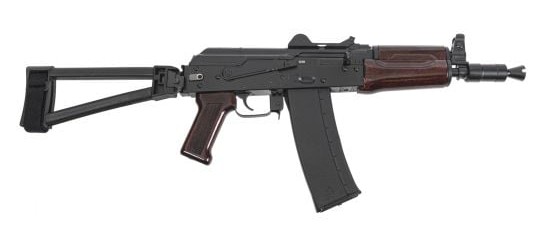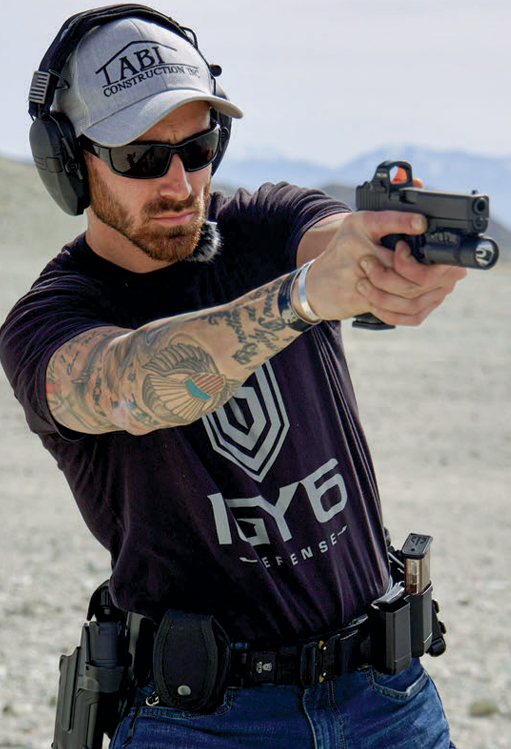Story and photographs by Bob Shell

If you’ve decided to start handloading or reloading your own ammunition, there are some basic things you’ll need to start your new hobby. Space is one. Find a place you can dedicate to just loading. It can be a spare room or the corner of a garage, so long as you have space with good lighting. Your loading station should have a sturdy table to mount your press and other equipment, which can be quite heavy, and lots of shelving for easy access to all of your loading dies, bullets and powder. I suggest a table that is at least 6 feet long.

Once you have your work area set up, it’s time to buy your equipment. There are many different types and price ranges for each respective need, so it will behoove you to take some time and shop around. Most people get into loading to save money on their ammunition, and you will, but you will still have to make an initial investment on the equipment and supplies.
The Press


The purpose of the press is to hold the dies, which are needed to process the ammunition. It uses leverage to push the shell cases into the dies that perform the loading operations. The press needs to be securely mounted to the table so the cases can be resized. This takes some effort, especially with rifle ammunition. There are a variety of options made by various companies such as Lyman, Hornady and RCBS, Lee and Redding, and they all make great presses.
If you are a new loader, I would recommend a simple, single-stage press. There are progressive presses that are for multi-stage cases, but if you are not familiar with loading, they can get you into trouble. Progressives have several different tasks going on at the same time and you may miss an important step, potentially causing a batch of bad and dangerous ammunition. If you are serious about loading, I would recommend a heavy-duty model because you can load both rifle and handgun ammunition.
Dies

A die is a specialized tool used to cut or shape material using a press. Any caliber that you load is die-specific. For instance, if you want to load .40 S&W ammunition, you need that specific set of dies. Loading is a precise operation and trying to use the wrong dies will not work. If you are loading a modern straight-case, then I recommend carbide dies. Not only do they make sizing easier, you won’t have to lubricate your cases, and they last forever.
Other necessary tools
A powder measure and a set of scales are necessary to put the proper amount of powder into your cases and are vital in creating ammunition that is safe and reliable. This is where the manuals come in handy. You can look up the caliber you are loading and get the proper type and amount of powder necessary. This data was developed by professionals and should be followed closely. Other tools you may need are screwdrivers, Allen wrenches, possibly a lube pad, vernier caliper and a bullet puller. Overall, you are looking at a $400 investment, plus the cost of supplies. This will get you started.


If you load rifle cases, there are other tools you will need such as a case trimmer to trim the stretched cases and a vernier caliper to measure the length. It is very important that your case be the proper length, so don’t overlook these items.
You will be able to consult a loading manual for the proper length. Also, when loading rifle cases, a lube pad is necessary because if you do not lube the cases, one will get stuck in the die and this is a real headache to remove. You will also need a brush to lube the inside of the case neck. In the next installment, I will discuss the importance of all of these steps.
Final Thoughts
When contemplating whether you want to load, here are a couple of things to think about. First, loading is a very safe hobby if you follow the precautions and use common sense. Do not allow distractions to creep in. That means no texting, watching television or anything else that will draw your attention away from the task at hand. If you are not the type of person who pays attention to detail, then loading isn’t for you. I have been doing it for over 40 years and never had a serious mishap. It is a great hobby and well worth exploring. AmSJ









